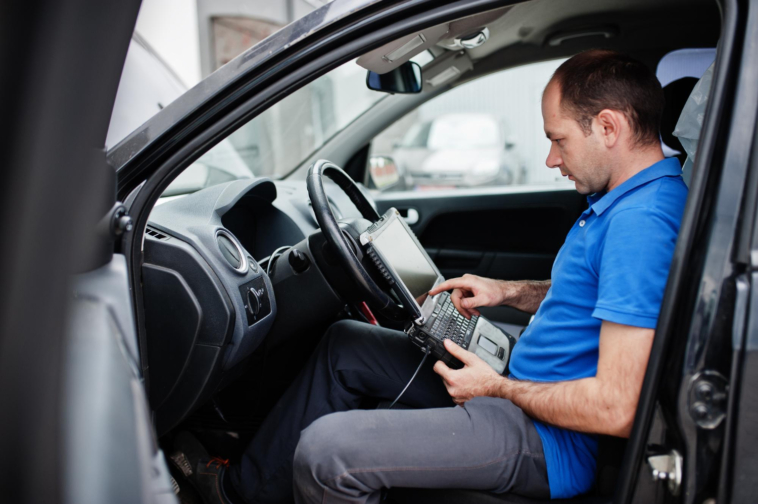Ignition sensing in vehicles enables the connection of rugged industrial computers to a vehicle’s ignition system to detect the ignition status. This can be useful for a number of vehicle applications, including fleet management and telematics, which is useful for businesses in a wide range of industries.
Employing ignition sensing can improve the functionality and efficiency of vehicles in your fleet and allow you to utilize the computing power of rugged computers. This post will examine how ignition sensing can be implemented and how this could be useful for automotive applications. Keep reading to find out more.
Choosing A Computer
First, picking an industrial computer that fits your requirements is essential. Things-embedded.com is a leading supplier of engineering embedded systems and IIoT solutions for edge computing challenges. They can provide you with an industrial computer tailored to your specific needs, including computing power, I/O ports, and physical size. Companies like this specialize in delivering customized computing solutions for various industries, including extreme environments. This makes them a smart choice when it comes to choosing an industrial computer for ignition sensing.
Installation
Once you have chosen an industrial computer that fits your specific requirements, you will need to have it installed in the vehicle. It would be best if you chose a place where it will be protected against potentially harmful environmental factors, such as vibration and temperature fluctuations.
Connection
Next, you will be ready to connect the computer to the vehicle’s ignition system. This involves connecting the computer to the power supply or ignition key switch, which will then allow the computer to detect the ignition status of the automobile.
Programming
At this stage, you will want to program and configure the industrial computer so that it performs different actions depending on the ignition status. This data logging and telematics will be one of the key actions, which can involve collecting data like engine performance metrics, driver behavior data, and GPS data – this can then be used for fleet management, diagnostics, and compliance reports. Other actions can include startup and shutdown control, security and access control, and communication protocols. There are programming languages and software tools that can be used to create custom scripts or applications for the industrial computer.
Maintenance
It is then a case of monitoring and maintaining the ignition sensing system to ensure it is always working as required. Updates may also be made available, so you should always complete these as soon as possible to improve the performance and security of the system.
Industrial computers can be used for ignition sensing, which can be useful for various vehicle applications and for businesses in many industries. The durability of these industrial computers makes them perfect for telematics and fleet management, and it can be relatively easy to get set up with ignition sensing once you have the right industrial computer for your specific requirements. You can then configure the computer to perform a wide range of actions with custom scripts and applications.



